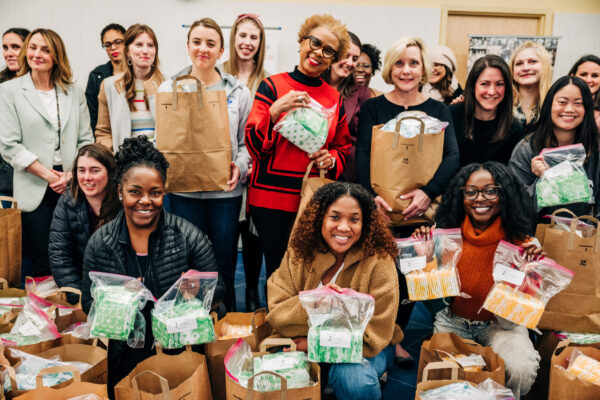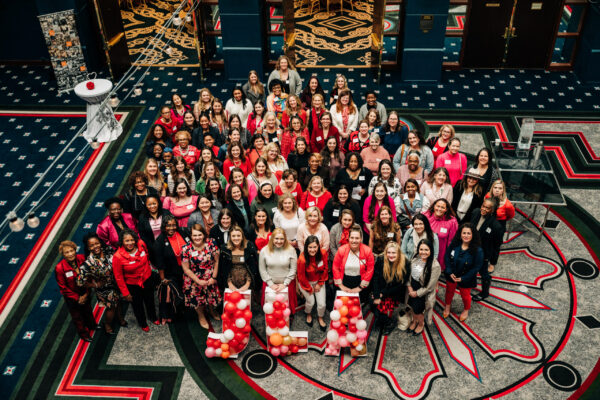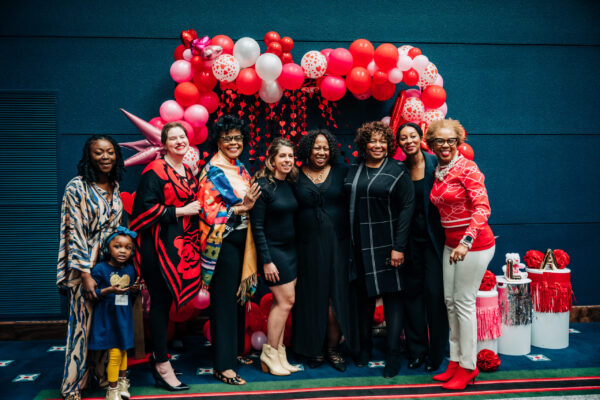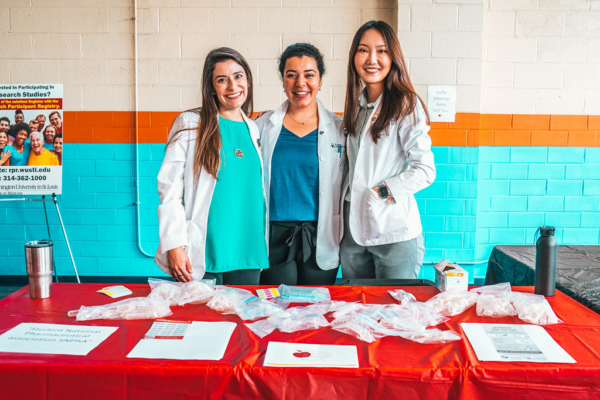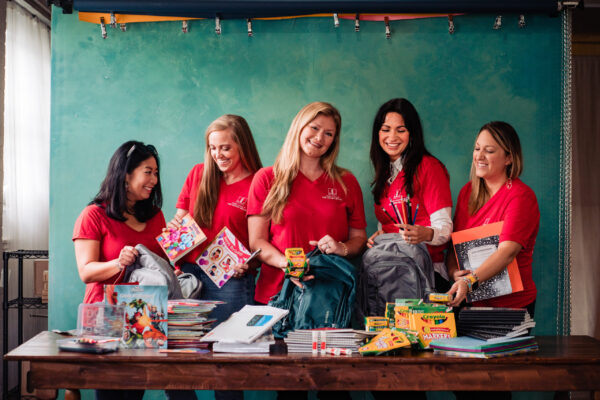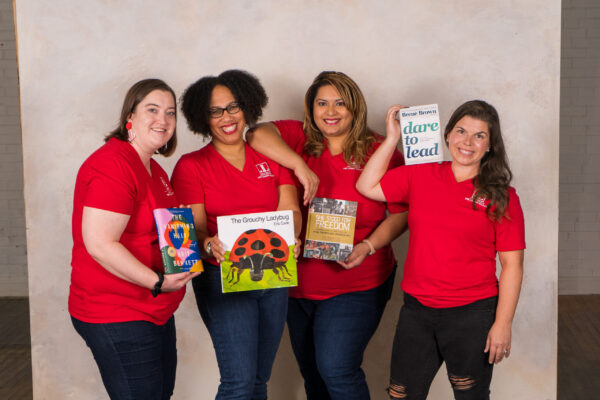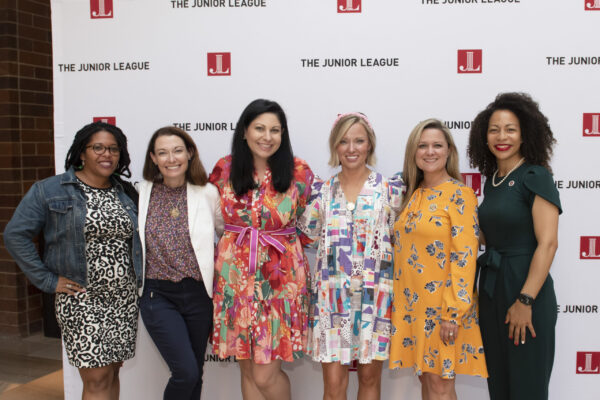DESIGN ELEMENTS
Clear
- We are driven by a clear vision.
- We let our results speak for themselves.
- We project confidence through simplicity.
- We’re organized in our efforts.
Confident
- We’ve been building and transforming communities for over 100 years.
- We create significant and lasting change.
- We’re proud of our legacy.
Bold
- We’re not afraid to speak out to be noticed.
- We look at issues in a new light.
- We stand up for those who cannot.
- We tackle the problems others ignore.
- We believe in the power of togetherness.
Text Only
Outline
White Space
Move Off the Page
TYPOGRAPHY
CLARITY AND CONFIDENCE, DOWN TO THE LETTER.

Primary Typeface


Secondary Typeface

Display Typeface
COLOR
PASSION AND LEADERSHIP: Unveiling Our Dynamic Color Palette!
Our brand has evolved with a vibrant new color palette that exudes passion and leadership. Alongside our iconic JL Red, we’ve introduced a rich spectrum of colors to reflect the diversity and strength within our Leagues.
JL Red: A Signature Element:
JL Red remains a distinguishing feature and a cornerstone of our brand identity.
Usage Guidelines:
– Every JL design should incorporate the signature JL Red brand color.
– While not the primary focus, JL Red should be visible in the composition.
– Use JL Red strategically to emphasize, accentuate, and lend priority.
– Against a white background, smaller increments of JL Red enhance its prominence.
– For predominantly JL Red pieces, opt for a monochromatic approach with white type.
Logo Placement:
– The logo can be placed on various background colors.
– When on colored backgrounds, the logo should appear in white to maintain contrast and legibility.
This dynamic color palette symbolizes our commitment to passion and leadership, reflecting the energy and diversity that define our incredible League community. Let’s embrace these colors as we continue to make a positive impact together.
- PRIMARY COLOR Palette
- Hex code: #d32a40
- RGB: 211 42 64
- CMYK: 11 97 77 2
- PRIMARY COLOR Palette
- hex code: #BF1E2E
- RGB: 184 34 49
- CMYK: 19 99 87 10
- PRIMARY COLOR Palette
- hex code: #991023
- RGB: 153 16 35
- CMYK: 25 100 92 24
- PRIMARY COLOR Palette
- hex code: #e45e54
- RGB: 228 94 84
- CMYK: 6 78 67 0
- PRIMARY COLOR Palette
- hex code: #f593a0
- RGB: 252 147 160
- CMYK: 0 53 21 0
- neutral COLOR Palette
- hex code: #f8ad40
- RGB: 248 173 64
- CMYK: 1 36 85 0
- neutral COLOR Palette
- hex code: #fdde8d
- RGB: 253 222 141
- CMYK: 1 11 53 0
- neutral COLOR Palette
- hex code: #f8e8e0
- RGB: 248 232 224
- CMYK: 2 9 9 0
- neutral COLOR Palette
- hex code: #000000
- RGB: 0 0 0
- CMYK: 75 68 67 90
- neutral COLOR Palette
- hex code: #ebebeb
- RGB: 235 235 235
- CMYK: 7 5 5 0
- neutral COLOR Palette
- hex code: #FFFFFF
- rgb: 255 255 255
- CMYK: 0 0 0 0
- Secondary COLOR Palette
- hex code: #b4e3f7
- RGB: 180 227 247
- CMYK: 27 0 1 0
- Secondary COLOR Palette
- hex code: #005691
- RGB: 0 86 145
- CMYK: 98 71 17 3
- Secondary COLOR Palette
- hex code: #65c3ca
- RGB: 101 195 202
- CMYK: 57 2 22 0
- Secondary COLOR Palette
- hex code: #0b95b8
- RGB: 11 149 184
- CMYK: 80 26 19 0
- Secondary COLOR Palette
- hex code: #008a50
- RGB: 0 138 80
- CMYK: 87 22 89 7
- Secondary COLOR Palette
- hex code: #a4c87d
- RGB: 164 200 125
- CMYK: 39 5 66 0
Neutral Color Palette
Neutral Color Palette
PHOTOGRAPHY
CAPTURING LEADERSHIP AND TRANSFORMATION IN ACTION.
Subject Matter
Quality & Resolution
Candid Images & Portraits
Avoid Misperceptions
General Guidelines
Download photo/video release forms.
